By Julie Tomascik
Clean knife. Clean surface. No cross-contamination. Those are just a few of the food safety rules to follow in your home.
Because if you don’t, you could end up sick.
And who’s fault is it? The farmer, the grocer, the cook? Everyone owns a piece of food safety, and it’s up to all of us to keep our standards high.
Although food safety protocols start on the farm, they end in the kitchen. With us. With our kids. With our families.
The on-farm and post-harvest practices are regulated by the U.S. Department of Agriculture’s Food Safety Inspection Service (USDA FSIS). That means farmers and processors are following federal regulations.
So where does the most variation in food handling take place? After the farm. In our kitchens.
That’s because it’s up to us as consumers. We don’t have a food safety inspector watching our culinary practices. But there are food safety protocols, provided by FSIS, to follow like these…
1. You should always wash your hands and surfaces often.
2. Don’t cross-contaminate. Keep raw meat, poultry, fish and their juices away from the other food. Always wash your hands, cutting board, knife and counter tops with hot, soapy water after cutting raw meat.
3. Marinate your meat and poultry in a covered dish in the refrigerator.
4. Rinse your fruits and vegetables before taking a bite.
5. Cook your foods to the correct temperature.
6. Refrigerate your foods properly. Discard any food left out at room temperature for more than two hours or one hour if the temperature was above 90 degrees Fahrenheit.
7. Food should be placed into shallow containers and immediately put in the refrigerator or freezer. Cooked leftovers stored in the refrigerator should be used within four days and four months in the freezer.
Add an extra helping of food safety handling in your kitchen. Mixed with love, it’s sure to help you serve up a tasty dish for your family and friends.

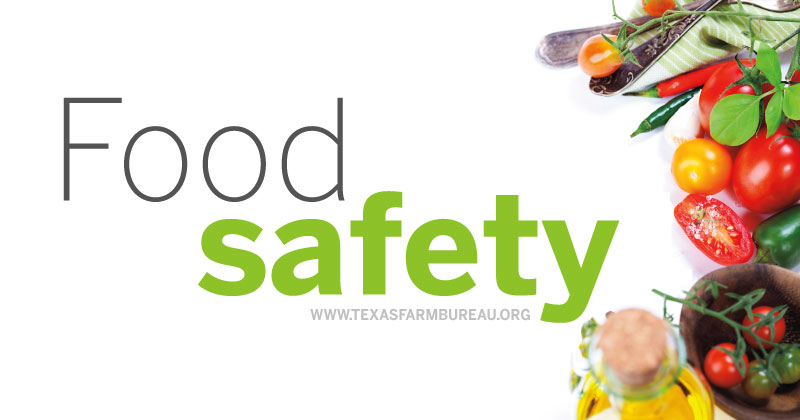
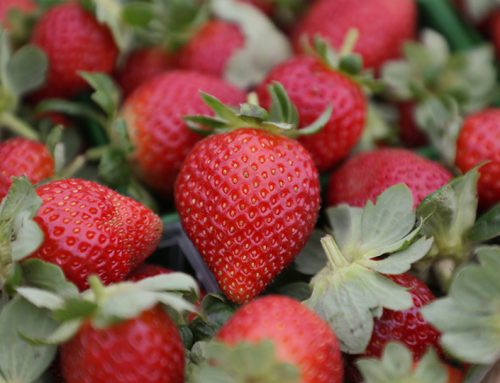


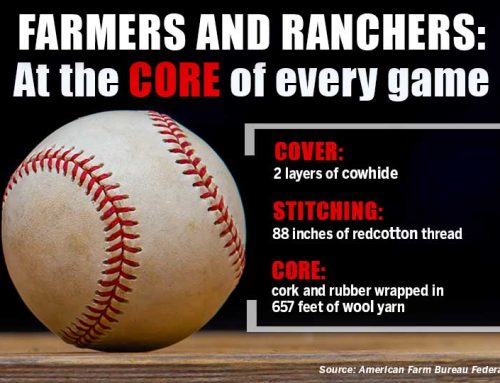
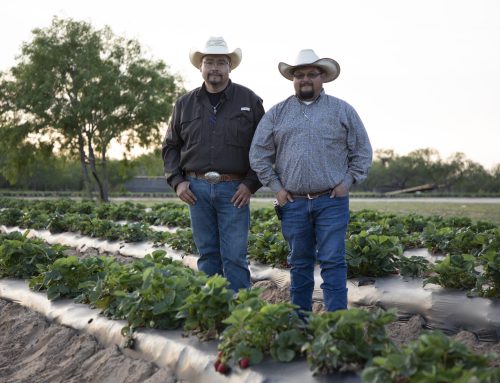
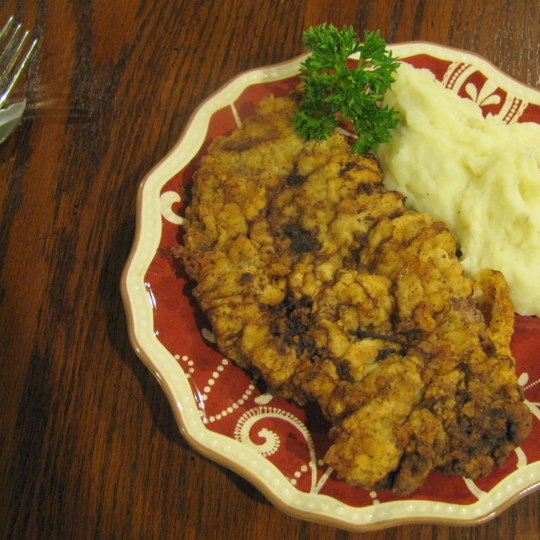
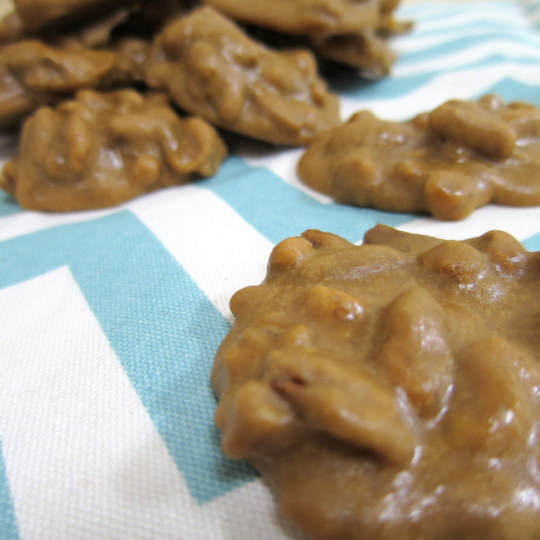


Leave A Comment